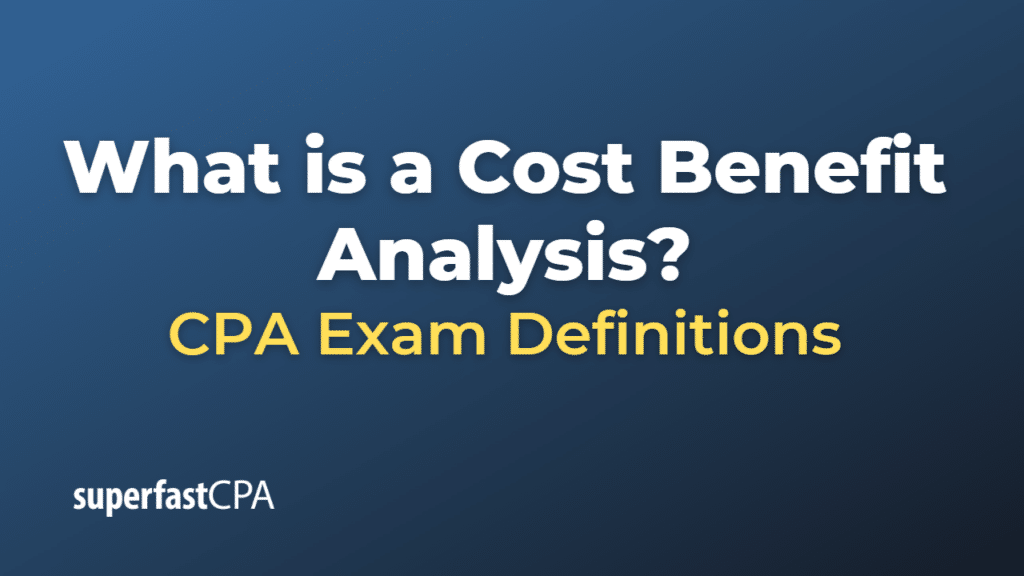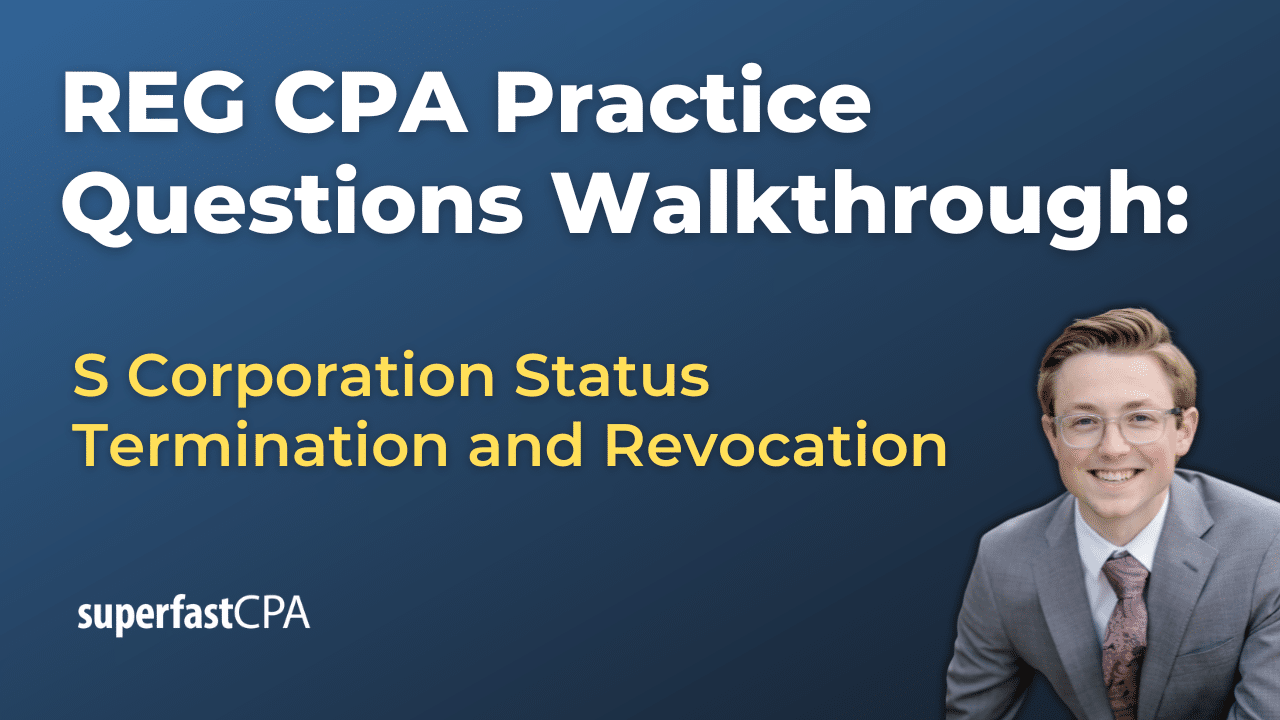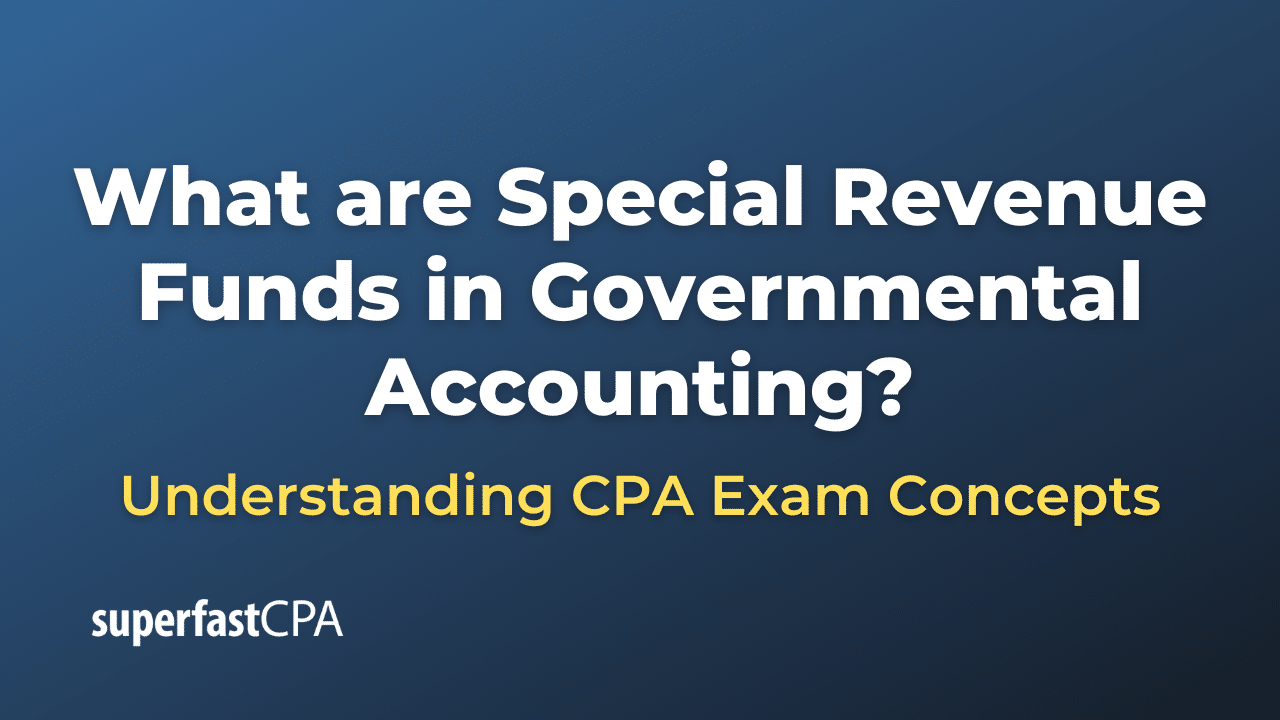Cost Benefit Analysis
A Cost-Benefit Analysis (CBA) is a systematic process used to evaluate the potential advantages (benefits) and disadvantages (costs) of a particular project, decision, or policy. The main purpose of a CBA is to help decision-makers make informed choices by comparing the expected outcomes and overall value of different alternatives. CBA is widely used in various fields, including business, government, and non-profit organizations, to assess the feasibility, effectiveness, and efficiency of potential investments or courses of action.
In a cost-benefit analysis, both costs and benefits are typically expressed in monetary terms, which allows for a more straightforward comparison of different options. The process typically involves the following steps:
- Identify the alternatives: Define the various options or scenarios being compared, such as implementing a new project, maintaining the status quo, or choosing between different strategies.
- Identify and estimate the costs: Determine all relevant costs associated with each alternative, including direct and indirect costs, opportunity costs, and any potential negative consequences. Costs should be quantified in monetary terms as accurately as possible.
- Identify and estimate the benefits: Determine all relevant benefits associated with each alternative, including direct and indirect benefits, cost savings, increased revenues, or improved outcomes. Benefits should be quantified in monetary terms as accurately as possible.
- Calculate the net present value (NPV) or the benefit-cost ratio (BCR): Discount the future costs and benefits to their present values using an appropriate discount rate to account for the time value of money. Calculate the net present value (NPV) by subtracting the total present value of costs from the total present value of benefits, or calculate the benefit-cost ratio (BCR) by dividing the total present value of benefits by the total present value of costs.
- Compare the alternatives: Evaluate the NPV or BCR for each alternative and rank them accordingly. The alternative with the highest NPV or BCR is typically considered the most desirable option, as it provides the greatest net benefit or the highest return on investment.
- Conduct a sensitivity analysis: Assess the impact of changes in key assumptions or variables on the NPV or BCR to determine the robustness of the conclusions and identify potential risks.
It’s important to note that a cost-benefit analysis is not without limitations. It can be challenging to accurately quantify all costs and benefits, especially those that are intangible, such as social or environmental impacts. Additionally, the choice of discount rate can significantly influence the results, and there may be inherent uncertainties and biases in the assumptions and estimates used in the analysis. Despite these limitations, a cost-benefit analysis can be a valuable tool for decision-making when conducted carefully and transparently.
Example of a Cost Benefit Analysis
Let’s consider a city government evaluating whether to implement a new public transportation project: building a light rail system to connect the city center with a rapidly growing suburb.
To conduct a cost-benefit analysis, the city government would follow these steps:
- Identify the alternatives:
- Build the light rail system
- Maintain the status quo (relying on existing public transportation options, such as buses)
- Identify and estimate the costs: For the light rail system alternative, costs might include:
- Initial construction costs: $200 million
- Annual maintenance and operating costs: $10 million
- Possible increase in traffic congestion during construction: $5 million
- Identify and estimate the benefits: For the light rail system alternative, benefits might include:
- Reduced travel time for commuters: $15 million per year
- Increased economic development along the rail line: $20 million per year
- Reduced air pollution and greenhouse gas emissions: $10 million per year
- Calculate the net present value (NPV) or the benefit-cost ratio (BCR): Assume a 20-year project lifespan and a 5% discount rate.Present value of costs:
- Initial construction costs: $200 million (no need to discount as it occurs in year 0)
- Present value of maintenance and operating costs: $10 million per year for 20 years, discounted at 5%
- Present value of increased traffic congestion during construction: $5 million (assuming it occurs in year 1)
- Present value of reduced travel time for commuters: $15 million per year for 20 years, discounted at 5%
- Present value of increased economic development: $20 million per year for 20 years, discounted at 5%
- Present value of reduced air pollution and greenhouse gas emissions: $10 million per year for 20 years, discounted at 5%
- Compare the alternatives: Rank the alternatives based on the NPV or BCR. If the light rail system has a positive NPV or a BCR greater than 1, it suggests that the project’s benefits outweigh its costs and should be considered.
- Conduct a sensitivity analysis: Assess the impact of changes in key assumptions or variables, such as construction costs, ridership estimates, or discount rate, on the NPV or BCR to determine the robustness of the conclusions and identify potential risks.
Based on the results of the cost-benefit analysis, the city government can make an informed decision on whether to proceed with the light rail project or explore other alternatives to address the transportation needs of the city and its growing suburb.














